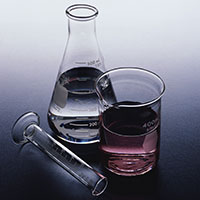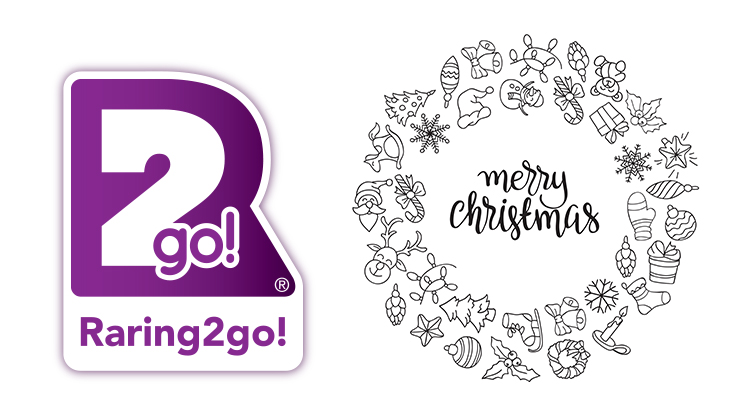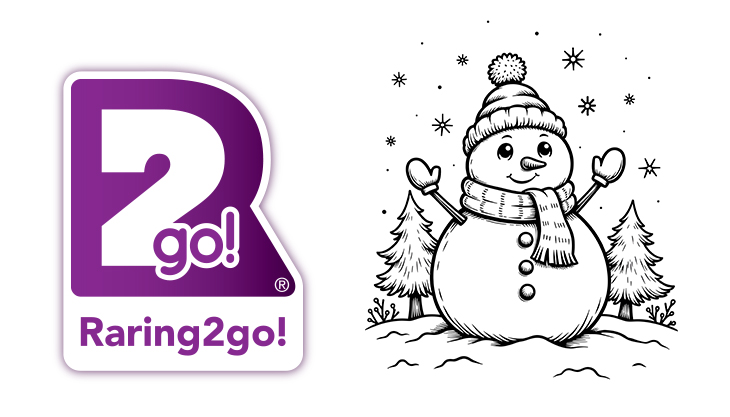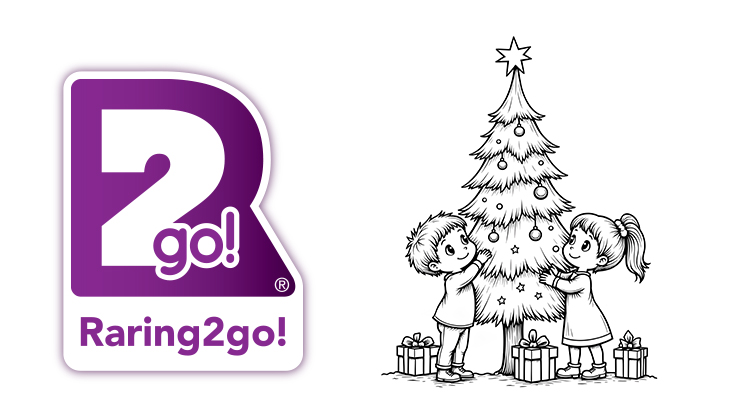Pollution solution
Activities

Pollution solution
Suitable f or Primary School children and above
or Primary School children and above
When we look around, we do not usually see the ‘air’ so it is easy to assume that our air is clean. In reality, the air and the pollution in it are made up of mostly invisible gases.
Many pollution particles are so small that we cannot see them. This means that it is hard to know if the air we breathe is clean or polluted. This experiment will help you discover how we can test for air pollution
What you need: Bicarbonate of soda dissolved in water (“pollution”), red grape juice (“reagent”), droppers/spoons, beakers/cups (ideally white or clear), sticky labels, paper pen or pencil for recording ideas
Instructions:
- For parents only to prepare away from the children – Make 2 types of sample in large containers e.g. litre bottles: (A) neutral (just water) and (B) polluted (Add around 1-2 teaspoons of bicarbonate of soda per 500ml of water). Label the container of plain water (A) ‘Park’ and the water mixed with bicarbonate of soda (B) as ‘Busy road’.
- Give the children the two containers of water labelled ‘Busy road’ and ‘Park’.
- Make a hypothesis together about whether a busy road or a park would be likely to be more polluted
- Use a teaspoon or pipette to add ten drops of the ‘reagent’ to each container.
- Watch for a reaction to see if the reagent changes colour when it is added to the sample.
- Which container has the ‘pollution’
 and which one does not? Is the more polluted container the busy road or the park? Why do you think this? Was your hypothesis correct?
and which one does not? Is the more polluted container the busy road or the park? Why do you think this? Was your hypothesis correct? - What do you think are the biggest causes of pollution in the UK? Can you think of any solutions to air pollution? Try designing a vehicle that creates no pollution.

 and which one does not? Is the more polluted container the busy road or the park? Why do you think this? Was your hypothesis correct?
and which one does not? Is the more polluted container the busy road or the park? Why do you think this? Was your hypothesis correct?

